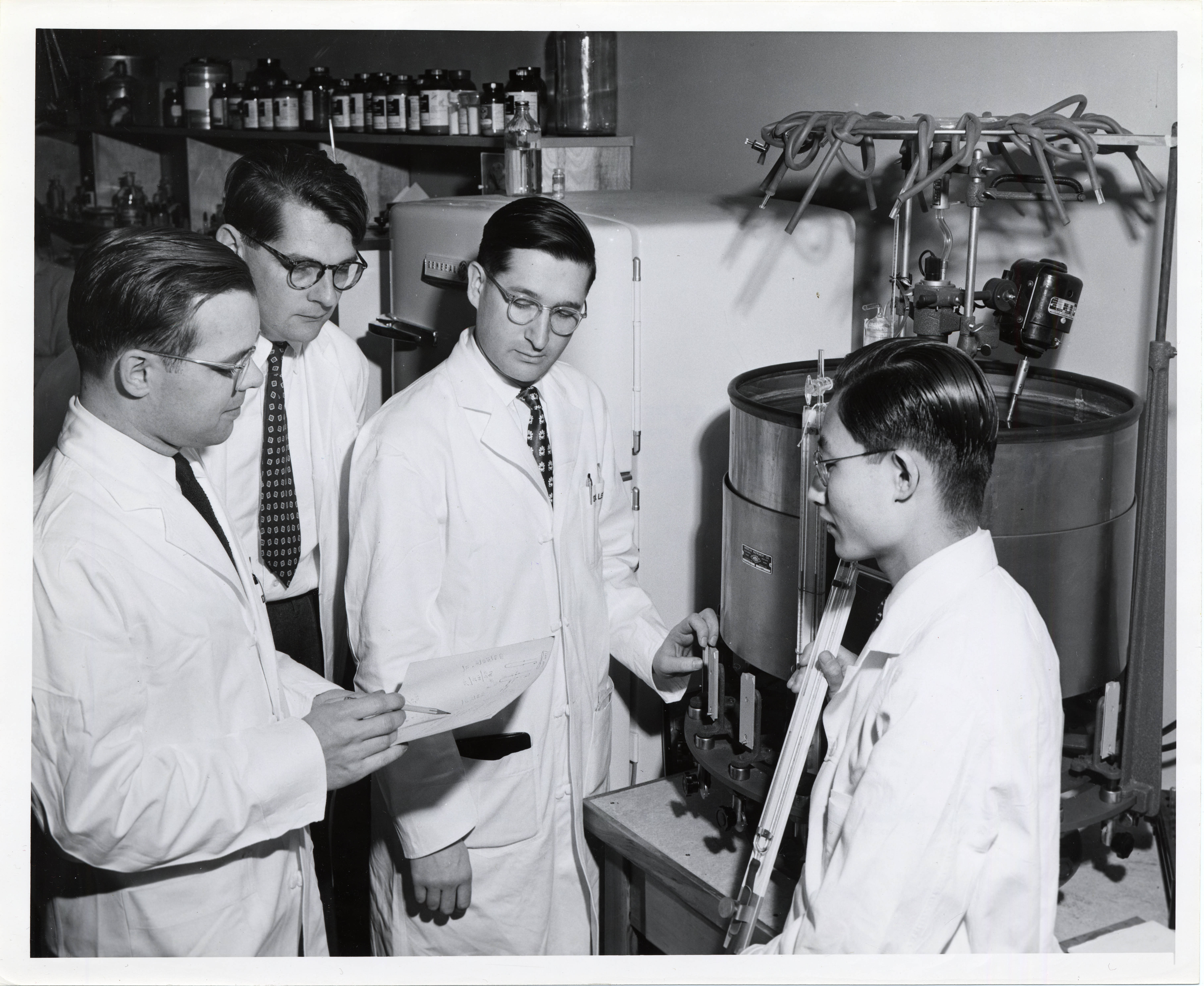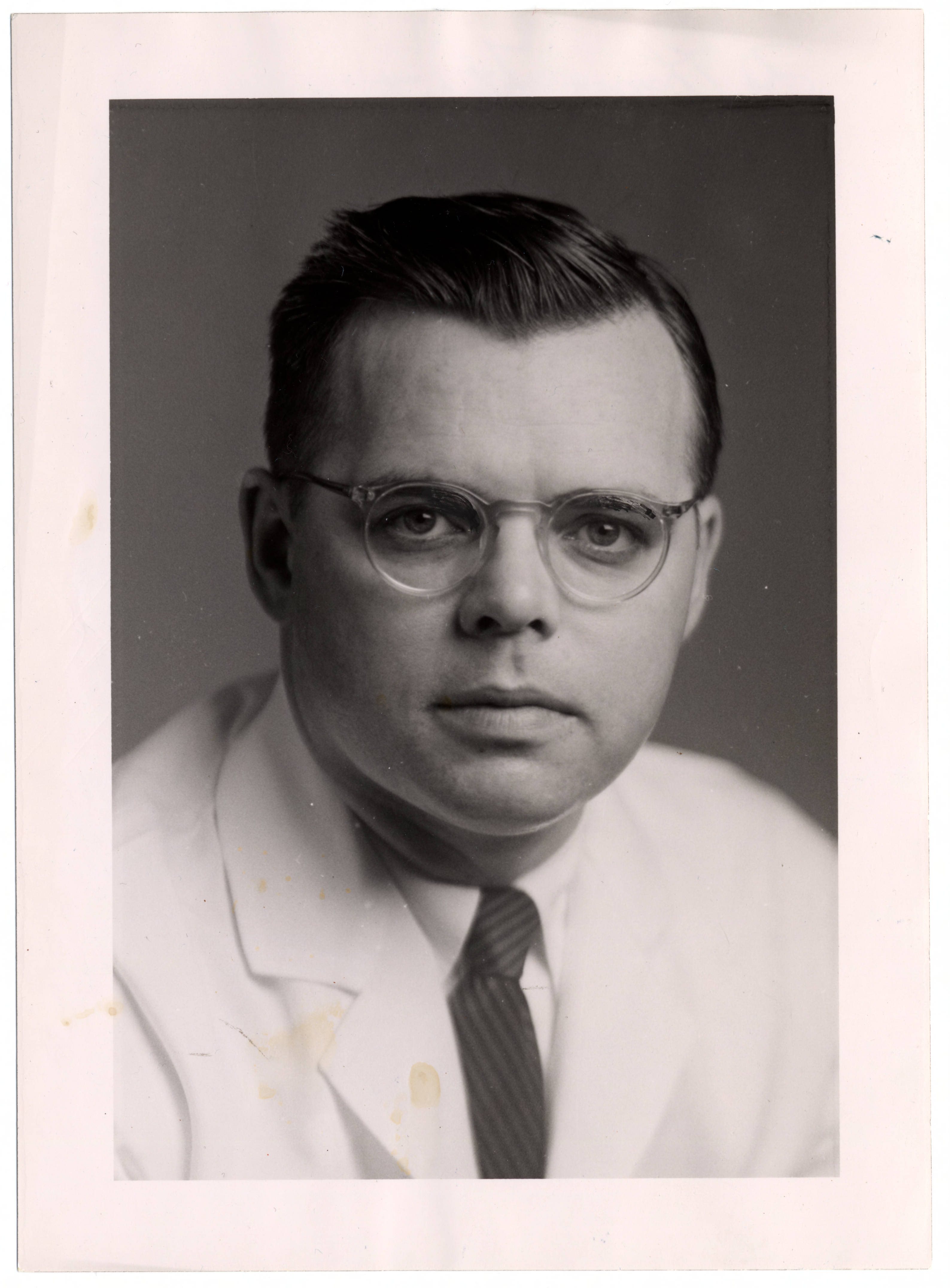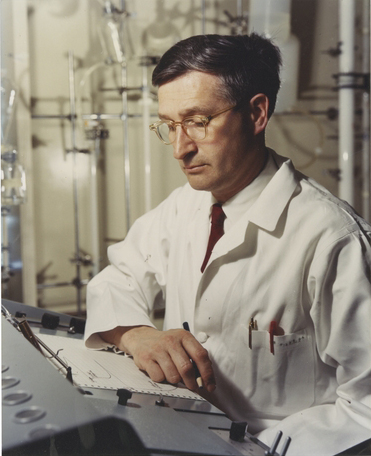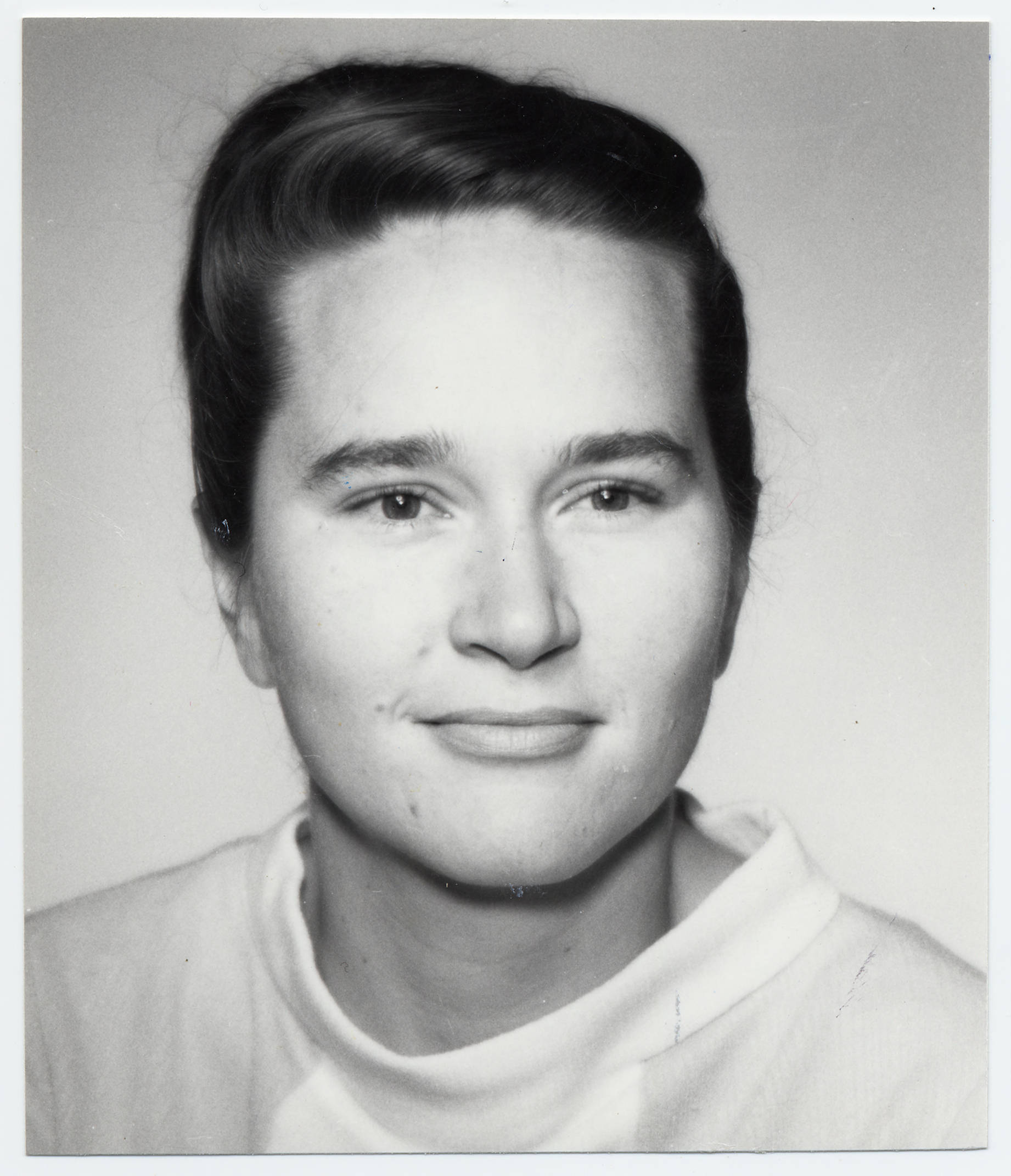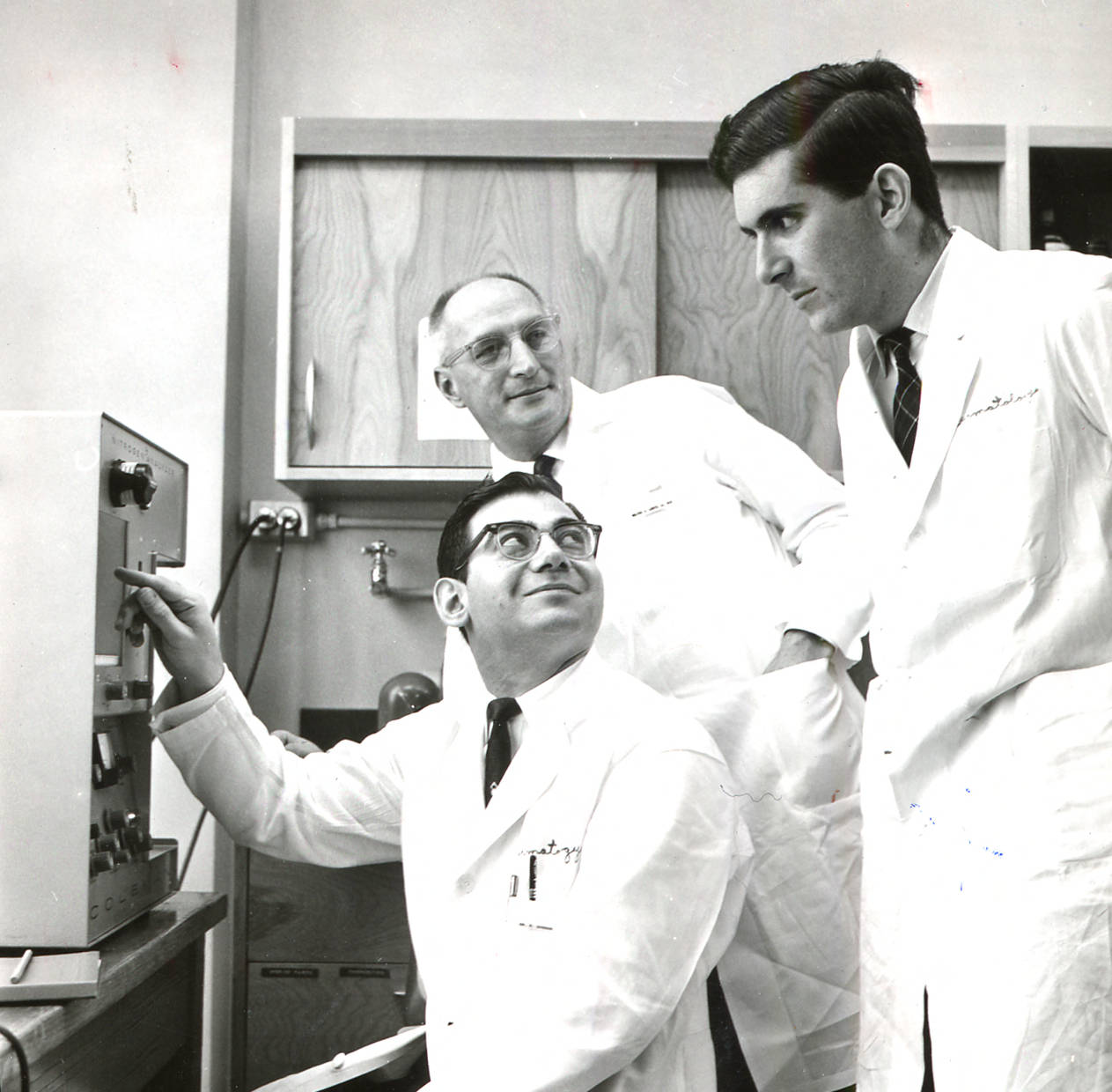Thomas B. Fitzpatrick, M.D., Ph.D., was a twentieth-century superstar in dermatology. He spent only six years in Oregon, but during that time he helped elevate the status and reputation of the University of Oregon School of Medicine’s Division of Dermatology (now a department of the School of Medicine at Oregon Health and Science University). Fitzpatrick raised the bar for original research throughout his long career and advanced dermatology worldwide. Some colleagues called him “the father of modern academic dermatology.”
Fitzpatrick came to Oregon from Minnesota in 1952, when he was just thirty-two years old. As the Oregon medical school's first paid chief of dermatology, Fitzpatrick succeeded Lyle Kingery, M.D., the founding chair, who had volunteered for thirty-three years to teach medical students about dermatology and syphilology. Fitzpatrick left Oregon in 1958 for a sabbatical in Oxford, England. He accepted the chair of dermatology at Harvard Medical School in 1959, a position he held until 1987. He never returned to Oregon.
Born in 1919, Fitzpatrick completed his medical degree from Harvard in 1945 and his Ph.D. in pathology from the University of Minnesota in 1951. He saw that dermatology lacked the scientific underpinnings of other medical specialties and resolved to fix that deficiency. After World War II but before earning his Ph.D., he worked at the Army Chemical Center in Maryland. While there, he met Aaron Bunson Lerner, M.D., Ph.D., another giant of dermatology who shared Fitzpatrick’s love of research, particularly on skin pigmentation. Fitzpatrick persuaded Lerner, then thirty-one years old, to join him in Oregon. Lerner stayed three years before accepting the chief of dermatology position at Yale School of Medicine in 1955.
During their Oregon years, Lerner and Fitzpatrick produced signature research on pigmentation. They proved that the melanocyte-stimulating hormone, which they isolated from frogs, could darken human skin. This hormone stimulates the release of melanin (the pigment found in skin, eyes, and hair) from melanocytes (cells). The pair also worked on psoralens and topical steroids. Psoralen is a natural compound found in plants, which increases skin sensitivity to light when applied topically or taken orally. The two scientists exposed patients to psoralen drugs and then ultraviolet light therapy. Although not without risk, phototherapy has proved effective in treating psoriasis, vitiligo, dermatitis, and other severe skin disorders. It is still prescribed by skin specialists worldwide.
Fitz, as he was affectionately known, wrote more than two hundred scientific articles and six textbooks. His most successful textbook is Fitzpatrick’s Dermatology in General Medicine.
His son, Thomas B. Fitzpatrick Jr. of Carlisle, Massachusetts, remembers that his father always dressed in a three-piece suit and carried a loupe, watches, a wallet, and a book of aphorisms, all attached by chains across his chest.
The Boston Globe called Fitzpatrick a “dermatologist with an infectious enthusiasm for his specialty and philosopher’s love of a good quote.” He was well known to Globe readers for his “Reflections for the Day,” which he co-edited for twenty years. Dr. Fitzpatrick died in 2003.
-
![]()
Thomas Fitzpatrick (left), Howard Mason and Aaron Lerner, part of the melanin research team and Atushi Kikita with a piece of equipment, c.1953.
Courtesy Oregon Health & Sciences University Digital Collections, A. Monner, The Journal
-
![]()
Thomas B. Fitzpatrick, M.D., 1950.
Courtesy Oregon Health & Sciences University Digital Collections
Related Entries
-
![Aaron B. Lerner (1920-2007)]()
Aaron B. Lerner (1920-2007)
The man known as the “dean of pigmentation,” Aaron Bunsen Lerner, spent…
-
![Frances J. Storrs (1939-)]()
Frances J. Storrs (1939-)
Frances Storrs, an acclaimed physician and dermatologist, helped clear …
-
![Walter Lobitz, Jr. (1911-2006)]()
Walter Lobitz, Jr. (1911-2006)
Walter Lobitz Jr. was one of the most influential dermatologists in Ore…
Map This on the Oregon History WayFinder
The Oregon History Wayfinder is an interactive map that identifies significant places, people, and events in Oregon history.
Further Reading
Crissey, John Thorne, Lawrence Charles Parish, and Karl Holubar. Historical Atlas of Dermatology and Dermatologists. Nashville, Tenn: Parthenon Publishing, 2002.
Lerner, Aaron B. "Remembering Thomas B. Fitzpatrick: We Came Over on the Boat Together." Journal of Investigative Dermatology 122 (2004): xi-xiv.
Long, Tom. "Thomas Fitzpatrick, doctor and teacher." Boston Globe, Aug. 19, 2003.



